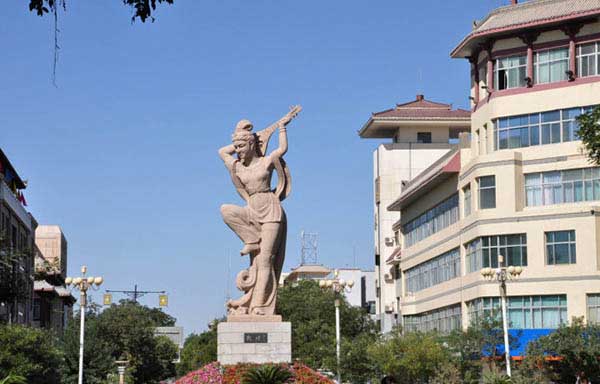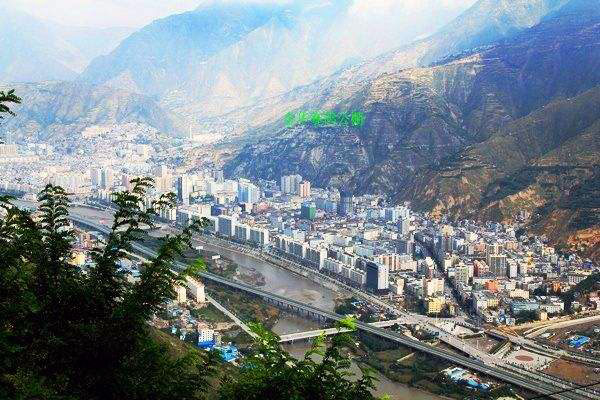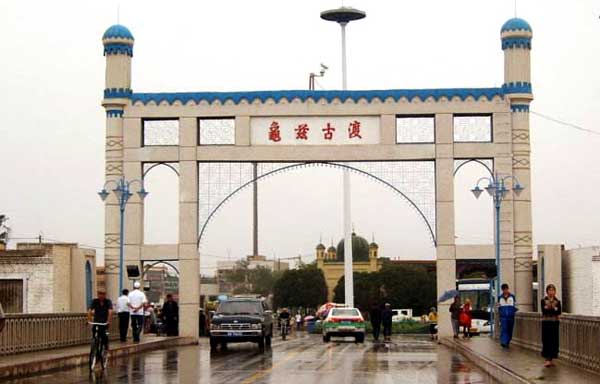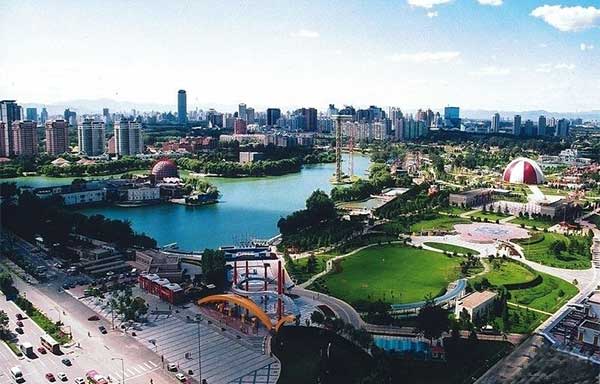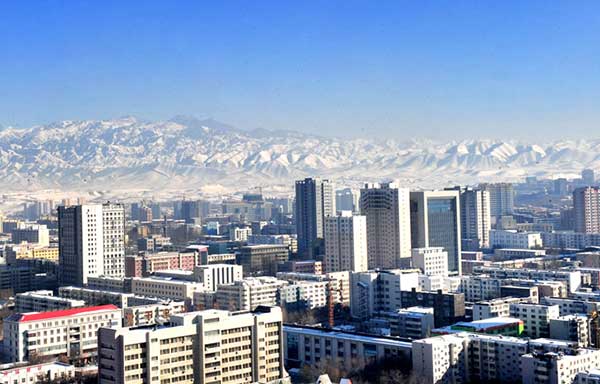- By admin
- In SilkRoadKnowledge
- 2016-06-07
Mystery Lakes of the Badain Jaran Desert
No one is exactly sure why over a hundred lakes have formed amongst the tallest sand dunes on Earth.
The spring-fed lakes in the Badain Jaran Desert are not mirages. They are a geographical anomaly that has been fascinating visitors for years.
Located near Alashan Youqi in Western Inner Mongolia Autonomous Prefecture, roughly 100 of such lakes nestle in-between "Megadunes" - mammoth sand dunes, among the largest in the world. With such sand spires swirling in the background, visitors witness what appears as one of nature's greatest contradictions. Sheep graze and birds swoop toward the saline waters; waters whose surfaces reflect the yellow-brown of sand.
Many researchers agree that the lake water originates from groundwater stored beneath the sands. They contend that this groundwater concentrates in some areas to form springs, which feeds a layer of freshwater into deeper lakes. Despite this presence of groundwater, however, most of the lakes have a high level of salinity. Roughly 50% of the lakes in the Badain Jaran Desert are salt lakes.
Other researchers point to factors such as precipitation and snow-melt in certain areas, given that Inner Mongolia Autonomous Prefecture faces intense winters. More research is being conducted to verify the source of the water, as well as their rate of evaporation, or in some cases, disappearance.
Whatever the cause of this collection of lakes, visitors can be certain to be uncertain about whether what they witness makes sense. After all, it's not every day one can see lakes in the desert.
Related destinations
Why Choose Us?
We are the top Silk Road tour operator based in Dunhuang, China. We focus on providing well designed Silk Road China Tours with resonable price and thoughtful service.
- Easy & carefree booking
- The best value
- Great travel experience
- Locally operated
Hot Tours
-

6 days Gansu tour to Binglingsi, Xiahe and Langmusi
Tour type : Private tour Price : from *** Destinations : Lanzhou - linxia - Xiahe - Langmusi - Hezuo - Lanzhou -

12 Days Gansu Highlights Tour
Tour type : Private tour Price : from *** Destinations : Xian – Tianshui – Lanzhou – Xiahe – Langmusi – Hezuo – Zhangye – Jiayuguan - Dunhuang -

10 Days Silk Road Classic Tour
Tour type : Private tour Price : from *** Destinations : Xian - Zhangye - Jiayuguan - Dunhuang - Turpan - Urumqi -

5 Days Zhangye - Alxa youqi Highlights Tour
Tour type : Private Tour Price : from *** Destinations : Zhangye - Alax youqi - Zhangye

